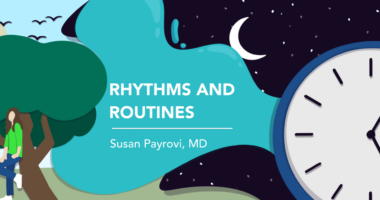#MSParis2017 – Phase 3 Trial Data Show Ozanimod Safe, Effective in MS Patients

Ozanimod (RPC1063) was seen to lower relapse rates and reduce brain and spinal cord lesions among patients with relapsing multiple sclerosis (MS) participating in a Phase 3 study of the treatment. Giancarlo Comi, from the Vita-Salute San Raffaele University, in Italy, announced the results in a presentation during the ongoing 7th Joint ECTRIMS-ACTRIMS Meeting in Paris, France.
Comi also spoke of the therapy’s safety profile, including no cases of heart abnormalities seen in the study.
Ozanimod is currently being explored in two large Phase 3 trials — RADIANCE (NCT02047734) and SUNBEAM (NCT02294058). Data were discussed in the presentation, “Ozanimod demonstrates efficacy and safety in a phase 3 trial of relapsing multiple sclerosis (SUNBEAM).”
The SUNBEAM trial examines two different doses of ozanimod (0.5 and 1 mg), which is an oral treatment taken daily, compared to weekly injections of interferon β-1a.
The study included 1,346 relapsing MS patients enrolled in 20 countries, with an average age of 36 years. About two-thirds were women, and 31% had been treated with another disease-modifying drug before the study.
When the study began, participants had relatively low levels of disability, with a mean score of 2.6 on the Expanded Disability Status Scale (EDSS).
Researchers observed that both doses of ozanimod — 0.5 mg and 1 mg per day — significantly lowered annualized relapse rates compared to interferon.
According to Comi, the annualized relapse rates decreased by 31% in the 0.5 mg group and 48% in the 1 mg group compared to the interferon group, over one year.
The treatment also reduced magnetic resonance imaging (MRI) lesions of both inflammatory and non-inflammatory types to a higher degree than that seen in interferon-treated patients, with a 34% and 63% reduction in the 0.5 mg and 1 mg groups, respectively, compared to interferon treatment.
While both doses were effective, the research team noted that the higher dose triggered greater responses.
The Phase 3 trial also investigated ozanimod’s safety. Severe adverse events were rare during the trial, and most adverse events related to treatment were mild, researchers reported.
Comi also said that “no serious opportunistic infections were reported.”
Importantly, researchers noted no cases of heart abnormalities when patients first started treatment with ozanimod — side effects known from studies with the MS therapy Gilenya (fingolimod).
Ozanimod, developed by Celgene, acts in a similar way as Gilenya. By regulating two types of a receptor called sphingosine 1-phosphate, it makes immune cells gather in the lymph nodes instead of migrating to the brain and spinal cord. This causes an anti-inflammatory effect that prevents relapses.
The study demonstrated that ozanimod did this in a safe manner.
“Overall, ozanimod was generally safe and well tolerated” Comi stated. “These efficacy and safety results demonstrate a favorable benefit-risk profile for ozanimod in relapsing MS.”






